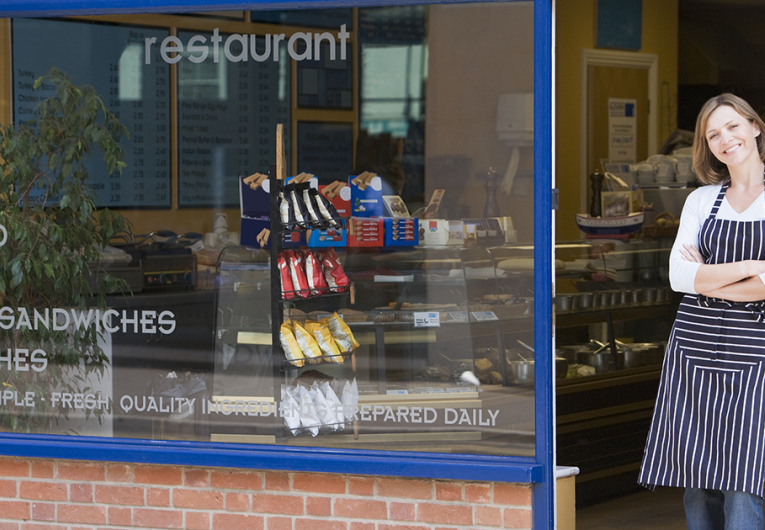
Understanding Your Customer’s Buying Journey
Wouldn’t it be nice if you could read your customer’s mind? Then you’d know what they’re thinking and why they buy. Sound like a fantasy? Not quite. There are ways to learn more about how customers interact with your small business. The more you know, the more likely you’ll create the kind of buying experience that attracts new customers and keeps them coming back. Here are two techniques to learn more about your customer’s buying journey.
Buying Cycle Analysis
Buyers tend to go through a series of steps before making a buying decision. Here’s a breakdown of the process and how you might influence their behavior in each phase:
- Awareness – It’s when customers realize they aren’t satisfied with the way things are and they want something better. For example, Sally realizes her cell phone isn’t holding its charge. It’s time to look for another. You might influence her behavior by posting a video on your website about an individual who can go for days without charging her phone.
- Search – This is the search for information to make a decision. You can use social media to engage in a conversation with customers during this phase. Also consider advertising on search engines like Google. That helps you stay visible with consumers who are actively searching for the kinds of products/services you offer.
- Comparing Alternatives – Customers sort out the information they’ve found. It’s important to organize the information to help them made a decision. For example, a Facebook post might link to your website where you provide product descriptions, reviews, comparisons with your competitor’s products, and a link to talk to you.
- Making a Decision – It’s the moment of truth when action is taken to buy. Businesses with a strong brand often have the upper hand in this phase. Items like customer testimonials on your website help remind customers of the value of doing business with you.
- After the Sale – How customers feel after the decision is made. You can avoid buyer’s regret by delivering on the promise you made during the earlier stages. That might include prompt delivery, installation, or an easy exchange/refund process if they are not satisfied.
Customer Journey Mapping
This technique takes buying cycle analysis one step further. You create a diagram that illustrates the steps a customer goes through when they interact with your company. Having a visual representation helps make their journey more concrete. The advantage is that you get a look at where your business excels and where customers get hung up in the process.
Journey mapping also looks at what the customer might be feeling at each stage of the process. That helps you learn what might motivate a customer or cause them to go to your competitor.
There are a number of free software packages that help you create journey maps. Here is a quick 10-minute video that describes the technique and walks you through a simple example.
Buying cycle analysis and customer journey mapping are two ways you can learn more about how customers interact with your small business. Getting inside the minds of your customers can help you create a more favorable buying experience.
The trends, insights, and solutions you need to grow your business.
By signing up, you’re subscribing to our monthly email newsletter, The
Wire. You may unsubscribe at any time.
Your information stays safe with us. Learn more about our privacy
policy.











![[#MSP_NAME#] Logo](/themes/sparklight_business/images/transition-logos/migration-banner-logo-[#MSP_CD#].png)
